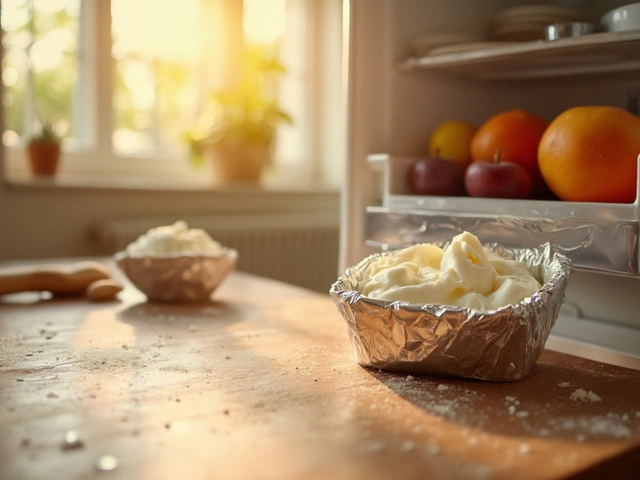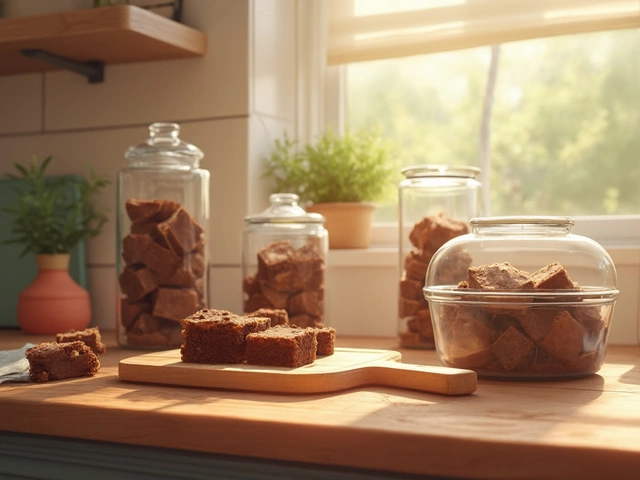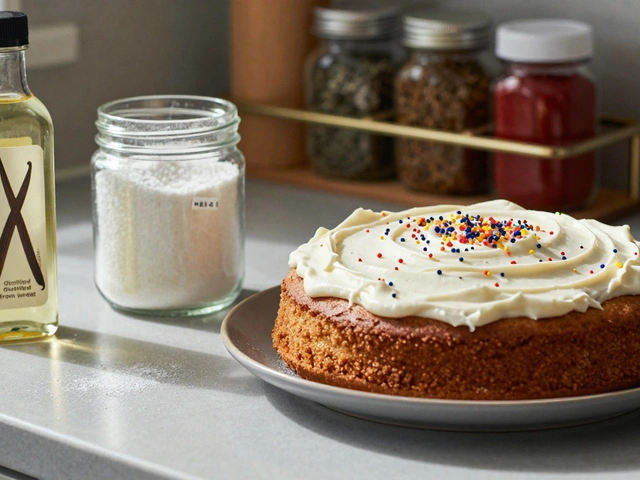Dessert Making Made Simple: Tips, Tricks & Ideas You Can Use Today
Whether you’re a beginner or a seasoned baker, figuring out the right temperature for fudge, keeping brownies fresh, or choosing a cake‑free birthday treat can feel overwhelming. The good news? Most of these problems have easy fixes you can apply right now. Below you’ll find straightforward advice that covers the most common dessert questions we get.
Fudge, Brownies, and Other Classic Sweets
Fudge is all about temperature. Aim for the soft‑ball stage—between 235°F and 240°F. Use a candy thermometer, and if you’re at a high altitude, add a couple of extra minutes of cooking to reach the same consistency. Too long and you’ll end up with crumbly, rock‑hard fudge; too short and it stays grainy. A quick tip: once you reach the right range, stir the mixture briskly for about a minute to break up any crystals, then pour into a greased pan.
Brownies spoil faster than you think. If they look dry, develop a crust, or smell sour, it’s time to toss them. Store fresh brownies in an airtight container at room temperature for up to three days. For longer storage, freeze them in a zip‑top bag and thaw in the fridge before serving.
Special Diets & Creative Alternatives
Gluten‑free cakes often sink because they lack the elasticity gluten provides. Add a little extra leavening—about ¼ teaspoon of baking powder per cup of gluten‑free flour—and make sure your batter is light, not heavy. Using a blend of rice flour, tapioca starch, and potato starch works well, and a dash of vinegar or lemon juice can boost rise.
Skipping eggs in cheesecake? Eggs help set the custard and give it a silky texture. If you must go egg‑free, replace each egg with ¼ cup of silken tofu blended smooth, or use a commercial egg replacer. Expect a slightly denser texture, but the flavor stays true.
Birthday parties don’t have to revolve around a traditional cake. Think dessert bars, mousse cups, or a spread of mini tarts. They’re easier to portion, look impressive, and let guests sample a variety of flavors. For a sweet‑and‑savory twist, serve a cheese‑and‑fruit platter alongside bite‑size pastries.
Other popular topics on our site include the story behind tiramisu, the real price of French macarons, and how to freeze tiramisu without losing its creamy texture. Each article dives straight into the practical steps you need, without the fluff.
At the end of the day, dessert making is about experimenting and learning what works for you. Keep a notebook of temperature changes, ingredient swaps, and storage tricks. Over time you’ll develop a personal cheat sheet that makes every bake feel like a breeze.
Ready to try something new? Pick a recipe from our tag page, follow the tips above, and enjoy a sweet result without the hassle. Happy baking!

Discovering the Sweet Secrets of American Fudge Recipes
American fudge is a quintessentially sweet treat known for its rich, creamy texture and melt-in-the-mouth goodness. Originating in the United States, this confectionery delight is made from a basic blend of sugar, butter, and milk or cream, often enhanced with delightful flavors. By exploring different methods and ingredients, you can create a variety of fudge types tailored to satisfy every sweet tooth. This guide dives into the fascinating world of American fudge, offering tips, historical tidbits, and simple recipes to try at home.
View More




